Cigar diameter
Today we talk about Cigar diameter.
Cigar Diameter Overview
As a devoted cigar enthusiast, I can’t emphasize enough how the diameter of a cigar influences my smoking experience. Cigar diameter—measured as the ring gauge—plays a critical role in defining quality, strength, and flavor. For example, a larger ring gauge allows for a slower burn and cooler smoke, which can enhance flavor complexity, something I have repeatedly encountered with larger cigars.
Understanding Cigar Diameter and Its Importance
Cigar diameter is not just a number; it’s an essential factor in how I perceive a cigar’s character. For instance, studies indicate that cigars with a 54-ring gauge or larger often deliver a richer smoking experience due to their ability to hold more tobacco, which can enhance the depth of flavor. Many cigar connoisseurs, myself included, appreciate how a wider diameter can allow for a more gradual infusion of flavors throughout the smoking session.
Cigar Sizes and Diameters

Common Cigar Sizes and Corresponding Diameters
The world of cigars features a variety of sizes, each with specific diameters translating into different flavor experiences. The following are several common cigar sizes and their corresponding diameters:
- Corona: 5.5 x 42 (0.67 inches)
- Robusto: 5 x 50 (0.79 inches)
- Toro: 6 x 50 (0.79 inches)
- Churchill: 7 x 47 (0.74 inches)
- Double Robusto: 5 x 60 (0.94 inches)
Understanding these dimensions has given me a path toward selecting a cigar that fits my mood, from a shorter smoking session with a Corona to the lengthier experience of a Churchill, highlighting the critical nature of cigar diameter.
Cigar Ring Gauge Explained
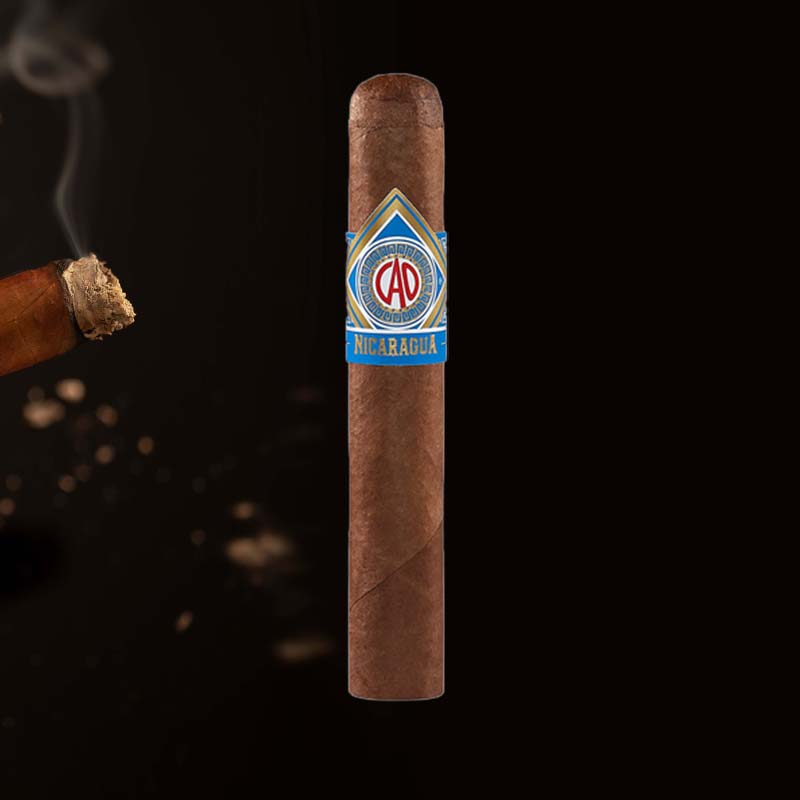
What is Ring Gauge and How is it Measured?
The ring gauge refers to a cigar’s diameter measured in 64ths of an inch. Therefore, a cigar with a 50 ring gauge has a diameter of approximately 0.79 inches. This parameter is vital because it influences airflow and burning characteristics. Personally, I’ve noticed that a ring gauge of 52 or higher generally provides a more relaxed draw, resulting in a satisfying smoking experience filled with flavor complexity.
How to Choose the Right Cigar Diameter

Factors to Consider When Selecting a Cigar
Selecting the right cigar diameter should be a thoughtful process. Here are key factors contributing to my decision:
- Smoker’s Experience: I find that beginners often prefer smaller diameters (like a 42 ring gauge) for easier handling and taste.
- Smoking Duration: When I want a longer smoke, I reach for larger diameters, such as the 60 ring gauge.
- Flavor Profile: If I’m in the mood for bold flavors, I go for thick cigars, since they typically deliver more intense and complex taste profiles.
- Personal Memory: I reminisce about cherished moments that different sizes evoke, guiding me toward sizes that enhance those experiences.
By considering these factors, I can make informed choices that enhance my overall enjoyment of cigars.
Impact of Cigar Diameter on Smoking Experience
How Diameter Affects Flavor, Strength, and Smoke Time
The impact of diameter on my smoking experience is profound. A larger diameter typically results in a cooler smoke and allows me to enjoy nuanced flavors. According to industry reports, cigars with a 60 ring gauge produce approximately 30% more smoke per puff compared to a 42 ring gauge, leading to a perception of bolder flavors. Conversely, smaller cigars can burn hotter and faster, leading to a concentrated flavor burst. I’ve found that when I want to savor a cigar for the long haul, I opt for something 50 ring gauge or larger, enjoying a truly immersive experience.
Cigar Diameter and Construction Quality
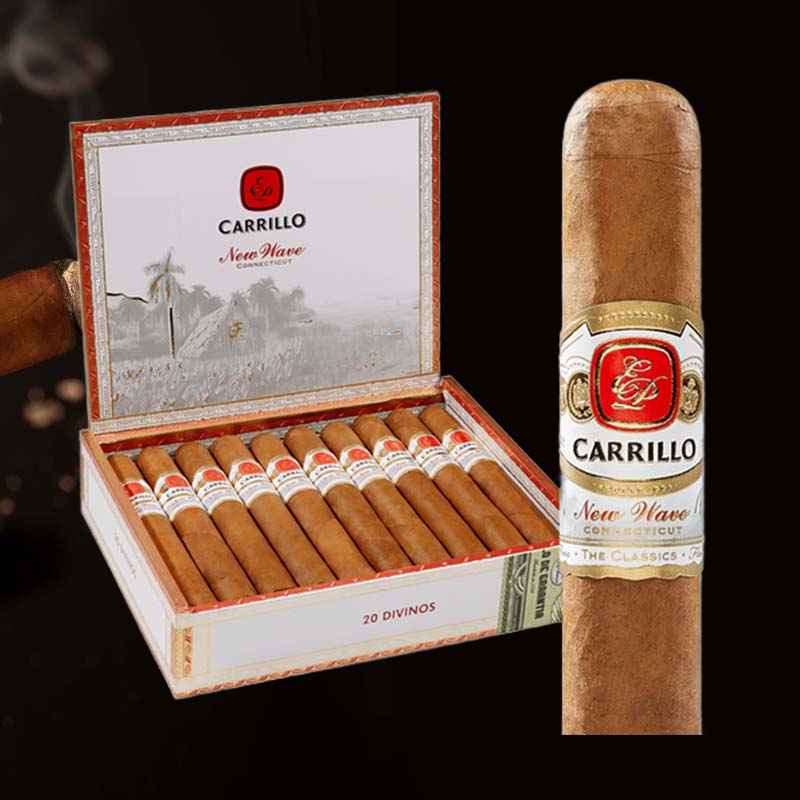
Why Diameter Matters in Cigar Manufacturing
The construction quality of a cigar is heavily influenced by its diameter. A properly constructed cigar, regardless of size, should have a consistent diameter without any bulges or weak spots. When I choose a larger diameter cigar (such as a 60 ring gauge), I expect the manufacturer to maintain strict quality control to ensure an even burn and excellent draw. Industry studies suggest that cigars with a consistent diameter decrease the likelihood of burning issues, setting a higher standard for premium cigars.
Comparison of Different Cigar Diameters
Visualizing Size Differences among Popular Cigar Types
To comprehend how diameter impacts the experience, I find it helpful to visualize sizes. Here’s a quick comparison of different diameters:
- Small (42 ring gauge): Quick burning, 20-30 minute sessions.
- Medium (50 ring gauge): Balanced drawing, 45 minutes to an hour.
- Large (60 ring gauge): Extended smoking, exceeding an hour.
This breakdown not only helps me select the fitting cigar for my available time but also illustrates the profound influence that cigar diameter has on smoking duration and flavor delivery.
Cigars with Larger Diameters
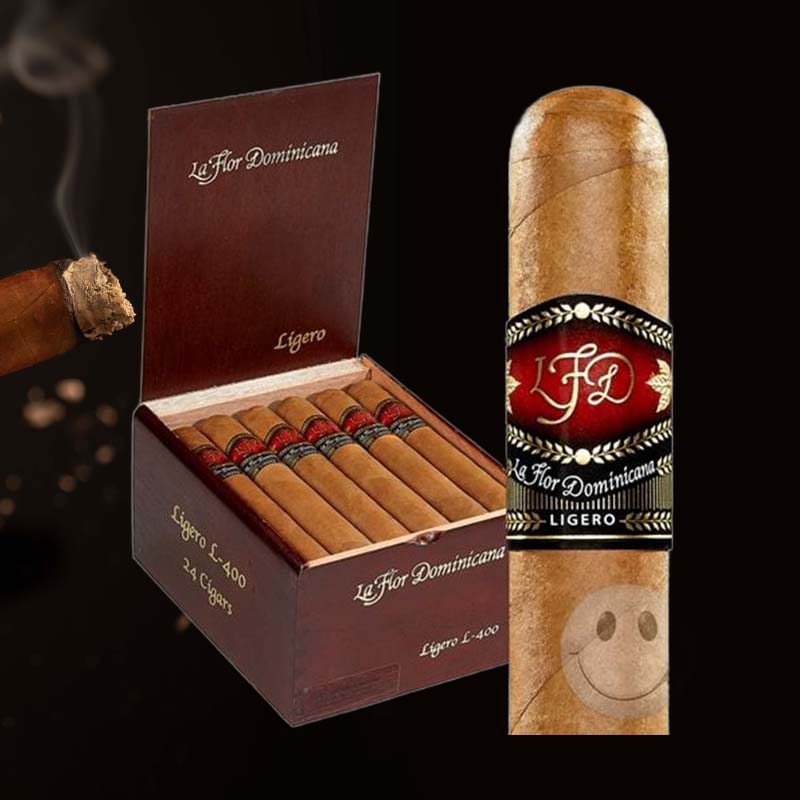
Advantages and Disadvantages of Bigger Diameter Cigars
Larger diameter cigars, particularly those over 54 ring gauge, are incredibly popular for several reasons:
Advantages:
- Longer smoke times of 60 minutes or more.
- Greater flavor complexity due to the cooler burn.
- Enhanced room for intricate blends and tobacco selections.
Disadvantages:
- Bulkier and more cumbersome, making them less portable.
- Can require more precise lighting and discipline to maintain an even burn.
I often find that while larger cigars can be more captivating and luxurious, they require commitment and care, particularly in social settings or outdoor events.
Cigars with Smaller Diameters

Pros and Cons of Slimmer Size Cigars
Smaller diameter cigars have their distinct benefits and drawbacks that I consider:
Pros:
- Convenient for shorter smoking periods, typically lasting 20-30 minutes.
- Can deliver intense flavors due to concentrated burning mechanics.
- Easy to store and carry in small cases or pockets.
Cons:
- Tend to burn hotter, which can lead to a harsher smoking experience.
- May require more frequent puffing to keep burning evenly.
During brief breaks, smaller diameter cigars have served me well, but I’ve also learned to approach them thoughtfully to avoid an overwhelming smoke.
Cigar Diameter and Humidor Storage

How Size Impacts Humidor Organization and Space
When it comes to humidor storage, the diameter of my cigars greatly impacts organization. According to humidor experts, larger cigars (54 ring gauge or higher) can take up to 50% more space compared to standard sizes. This statistic drives me to arrange my collection thoughtfully to maximize both space and airflow. Understanding how to organize by diameter not only helps me keep track of my inventory but ensures optimal humidity across all cigars.
Tips for Enjoying Cigars of Various Diameters
Cutting and Lighting Techniques Based on Size
Different sizes require tailored approaches for cutting and lighting. For example, I prefer a straight cut or guillotine-style cut for larger diameter cigars (60 ring gauge), as the greater surface area allows for a more relaxed draw. Conversely, for smaller cigars, I often use a V-cut to enhance the flavor hitting my palate. Moreover, when lighting large cigars, I spend more time getting an even burn to avoid an unpleasant experience, while smaller ones ignite faster, needing swift action.
Cigar Diameter and Personal Preference
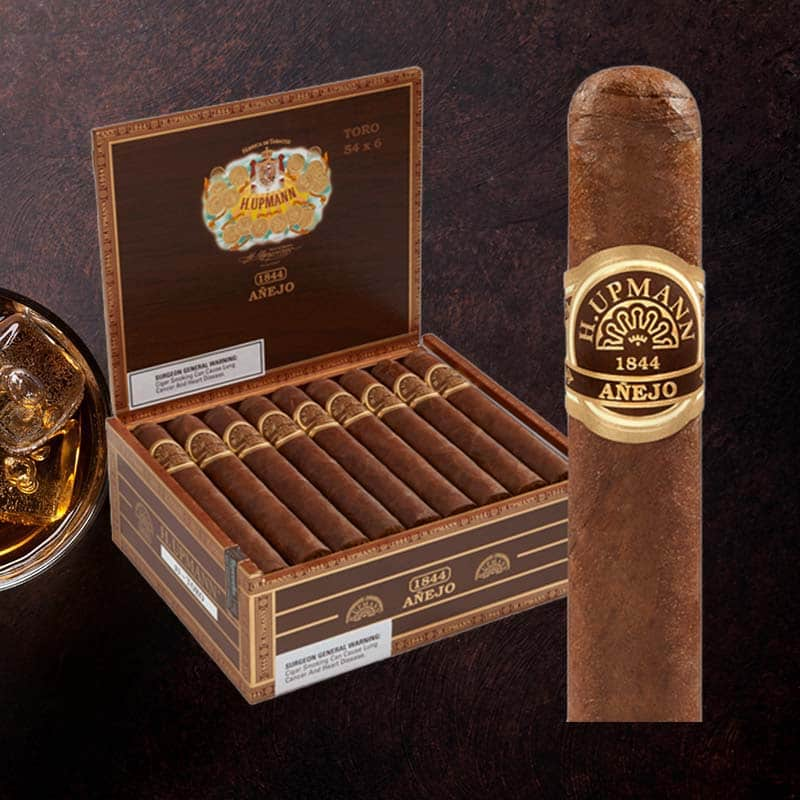
How to Find Your Ideal Cigar Diameter
Finding my ideal cigar diameter has been a rewarding exploration. Engaging with various ring gauges has helped me ascertain what I enjoy most. Generally, I like to start with medium (50 ring gauge) options and gradually explore larger or smaller sizes. This helps me develop a sensitivity to the nuances of each diameter’s flavor and smoking characteristics. I encourage new smokers to experiment just as I did to discover their preferences confidently.
Regional Preferences for Cigar Diameter
How Different Regions Favor Various Sizes
Interestingly, I’ve noticed cultural preferences influencing my cigar choices. In the United States, larger diameter cigars (54 ring gauge and above) are often favored, as reported by the Cigar Association of America, indicating a growing market for thicker formats. Conversely, traditional European markets still lean toward slimmer sizes, with many opting for robusto formats. This knowledge has inspired me to explore different styles, connecting my personal experiences with global traditions.
Cigar Diameter Trends in the Market
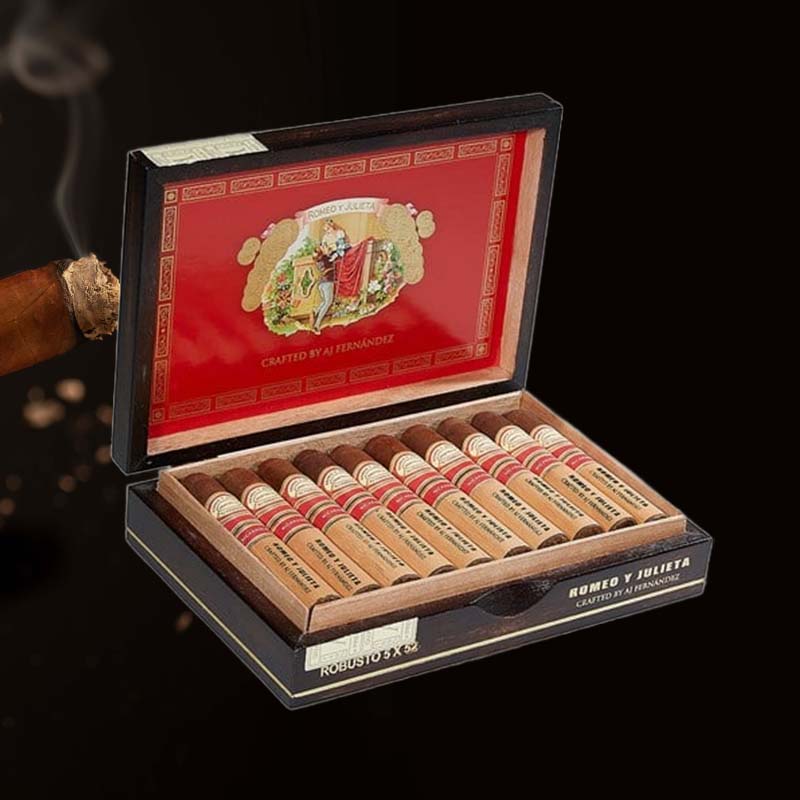
Recent Shifts in Preferences and Innovations
According to market analysis, there has been about a 15-20% increase in the popularity of large ring gauge cigars in recent years. This trend, reflecting consumer preferences for richer flavor profiles, has led manufacturers to develop innovative blends catered to larger diameters. I find this particularly thrilling, as many of these blends are a delightful surprise in complexity, making my selections even more exciting.
Conclusion
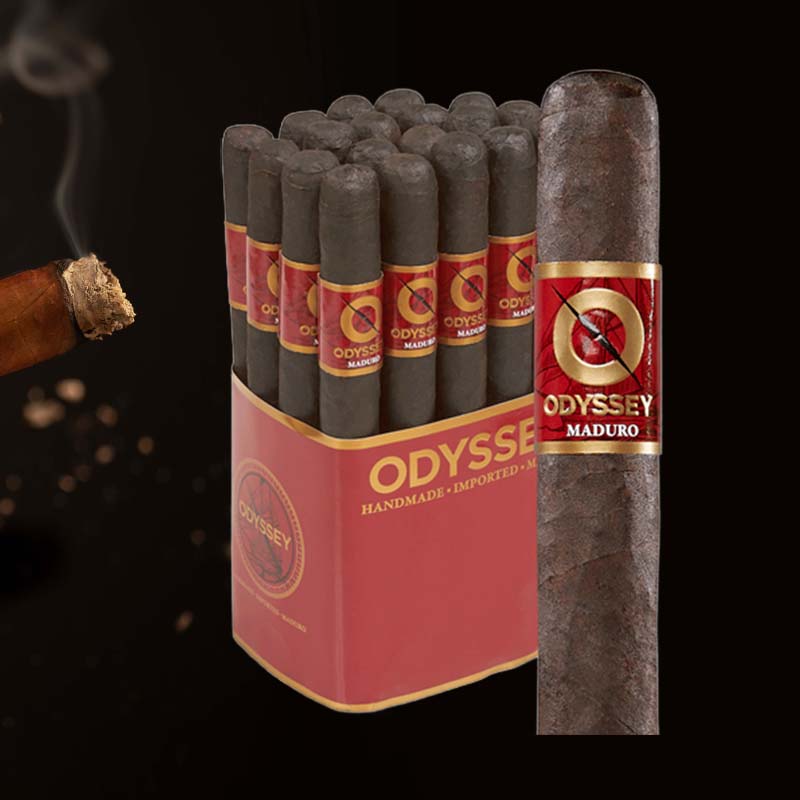
Final Thoughts on Selecting the Right Cigar Diameter for You
Selecting the right cigar diameter is an essential step in heightening my enjoyment of cigars. Through careful consideration of factors such as smoking time, flavor preferences, and regional trends, I can curate a collection that resonates with my taste. I encourage my fellow cigar lovers to embark on their own journey of discovery within the world of cigar diameters.
FAQ
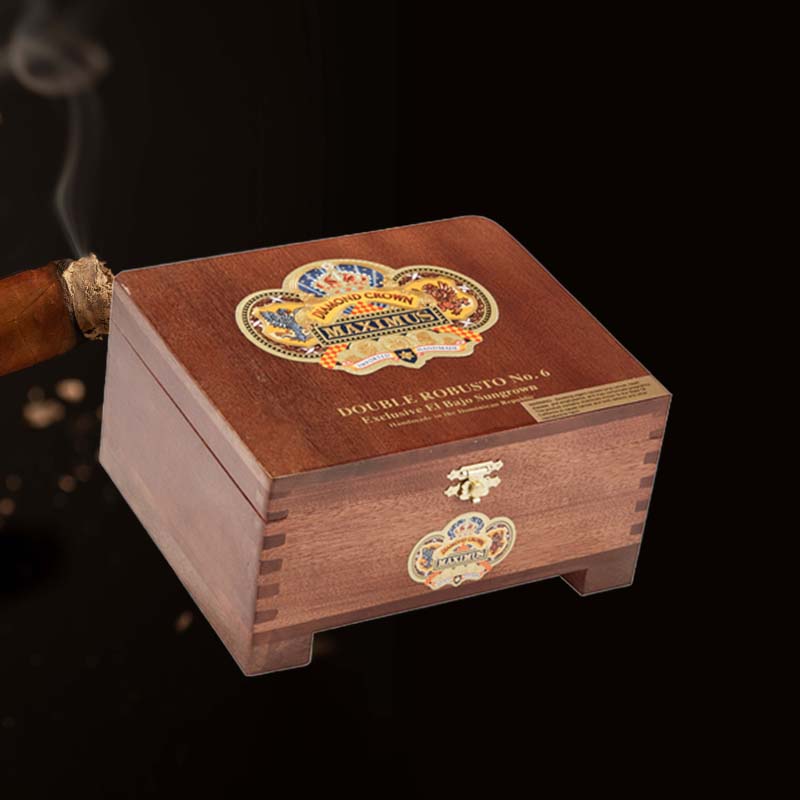
What is the standard cigar size?
The standard cigar size generally ranges between 40-50 ring gauge, translating to approximately 0.63 to 0.79 inches in diameter. Sizes like Corona and Robusto are widely considered staples, providing a balanced smoking experience.
What is the diameter of a 60 gauge cigar?

A 60 gauge cigar has a diameter of approximately 0.94 inches. This size is favored by many for its ability to provide a longer smoking experience and complex flavor profiles due to its larger tobacco content.
What is the diameter of a 52 ring gauge cigar?
A 52 ring gauge cigar measures around 0.81 inches in diameter. This size creates a well-balanced smoking experience, combining the advantages of flavor intensity with manageable burn rates.
What is the diameter of a Cuban cigar?

Cuban cigars vary in size, but a popular choice, the Cohiba Robustos, features a ring gauge of 50, which corresponds to approximately 0.79 inches in diameter. This size offers a great smoking balance favored by connoisseurs.




